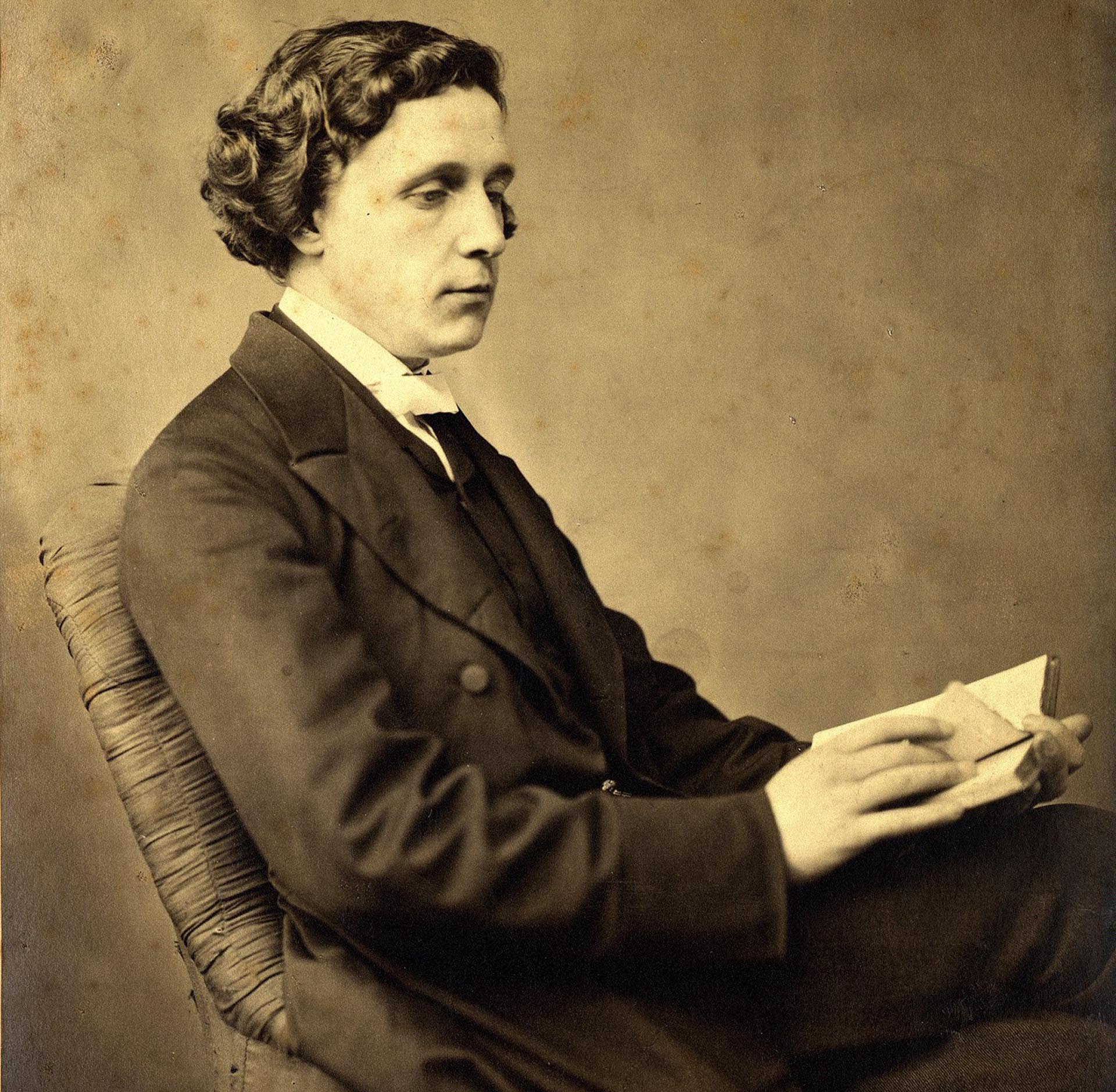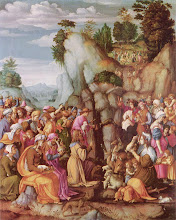
The following note by Lewis Carroll, i.e. Charles Lutwidge Dodgson, Oxford logician, mathematician and man of culture in Victorian England, first appeared in Mind in 1895 ().
I googled it and found it in Math Academy.
What the Tortoise Said to Achilles, by Lewis Carroll
Achilles had overtaken the Tortoise, and had seated himself comfortably on its back.
“So you’ve got to the end of our race-course?” said the Tortoise. “Even though it DOES consist of an infinite series of distances? I thought some wiseacre or other had proved that the thing couldn’t be done?”
“It CAN be done,” said Achilles. “It HAS been done! Solvitur ambulando. You see the distances were constantly DIMINISHING; and so –”
“But if they had been constantly INCREASING?” the Tortoise interrupted. “How then?”
“Then I shouldn’t be here,” Achilles modestly replied; “and YOU would have got several times round the world, by this time!”
“You flatter me – FLATTEN, I mean,” said the Tortoise; “for you ARE a heavy weight, and NO mistake! Well now, would you like to hear of a race-course, that most people fancy they can get to the end of in two or three steps, while it REALLY consists of an infinite number of distances, each one longer than the previous one?”
“Very much indeed!” said the Grecian warrior, as he drew from his helmet (few Grecian warriors possessed POCKETS in those days) an enormous note-book and pencil. “Proceed! And speak SLOWLY, please! SHORTHAND isn’t invented yet!”
“That beautiful First Proposition by Euclid!” the Tortoise murmured dreamily. “You admire Euclid?”
“Passionately! So far, at least, as one CAN admire a treatise that won’t be published for some centuries to come!”
“Well, now, let’s take a little bit of the argument in that First Proposition – just TWO steps, and the conclusion drawn from them. Kindly enter them in your note-book. And in order to refer to them conveniently, let’s call them A, B, and Z: –
(A) Things that are equal to the same are equal to each other.
(B) The two sides of this Triangle are things that are equal to the same.
(Z) The two sides of this Triangle are equal to each other.
Readers of Euclid will grant, I suppose, that Z follows logically from A and B, so that any one who accepts A and B as true, MUST accept Z as true?”
“Undoubtedly! The youngest child in a High School – as soon as High Schools are invented, which will not be till some two thousand years later – will grant THAT.”
“And if some reader had NOT yet accepted A and B as true, he might still accept the SEQUENCE as a VALID one, I suppose?”
“No doubt such a reader might exist. He might say, ‘I accept as true the Hypothetical Proposition that, if A and B be true, Z must be true; but I DON’T accept A and B as true.’ Such a reader would do wisely in abandoning Euclid, and taking to football.”
“And might there not ALSO be some reader who would say ‘I accept A and B as true, but I DON’T accept the Hypothetical’?”
“Certainly there might. HE, also, had better take to football.”
“And NEITHER of these readers,” the Tortoise continued, “is AS YET under any logical necessity to accept Z as true?”
“Quite so,” Achilles assented.
“Well, now, I want you to consider ME as a reader of the SECOND kind, and to force me, logically, to accept Z as true.”
“A tortoise playing football would
“– an anomaly, of course,” the Tortoise hastily interrupted. “Don’t wander from the point. Let’s have Z first, and football afterwards!”
“I’m to force you to accept Z, am I?” Achilles said musingly. “And your present position is that you accept A and B, but you DON’T accept the
(C) If A and B are true, Z must be true.”
(A) Things that are equal to the same are equal to each other.
(B) The two sides of this Triangle are things that are equal to the same.
(C) If A and B are true, Z must be true.
(Z) The two sides of this Triangle are equal to each other.
(D) If A and B and C are true, Z must be true.
(E) If A and B and C and D are true, Z must be true.Until I’ve granted THAT, of course I needn’t grant Z. So it’s quite a NECESSARY step, you see?”
Carroll’s humor in his piece disguises a point that is essential to understanding modern logic. Unlike in the classical, Aristotelian conception, modern mathematics relies ultimately on pure formalism in its use of logic. This avoids the infinite regress in which the Tortoise traps Achilles.
This trap is impossible to avoid if logic is not formalized, because, as Douglas Hofstadter points out in Gödel, Escher, Bach (p. 170), in order to know how to use a rule (such as a rule of inference) you need a rule telling you how to apply the rule. And then a rule telling you how to apply that rule, and so on. By contrast, in formal logic, rules of inference are reduced to rules of symbol manipulation. Since the symbols themselves are uninterpreted (which is what we really mean by “formal”), we have a system as austere and elegant as chess, where it is understood that the game arises from – and entirely consists in – the rules for moving the pieces on the board.

No comments:
Post a Comment